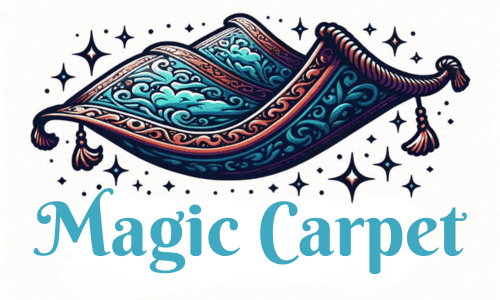Yoga offers diverse practices tailored to individual needs, preferences, and goals. Hatha Yoga and Yin Yoga are popular choices for beginners and experienced yogis alike among the various styles.
Hatha Yoga is a gentle introduction to the basic yoga postures and is often considered a stepping-stone to more dynamic practices. It focuses on aligning the body and breathing, which helps to prepare the mind for meditation.
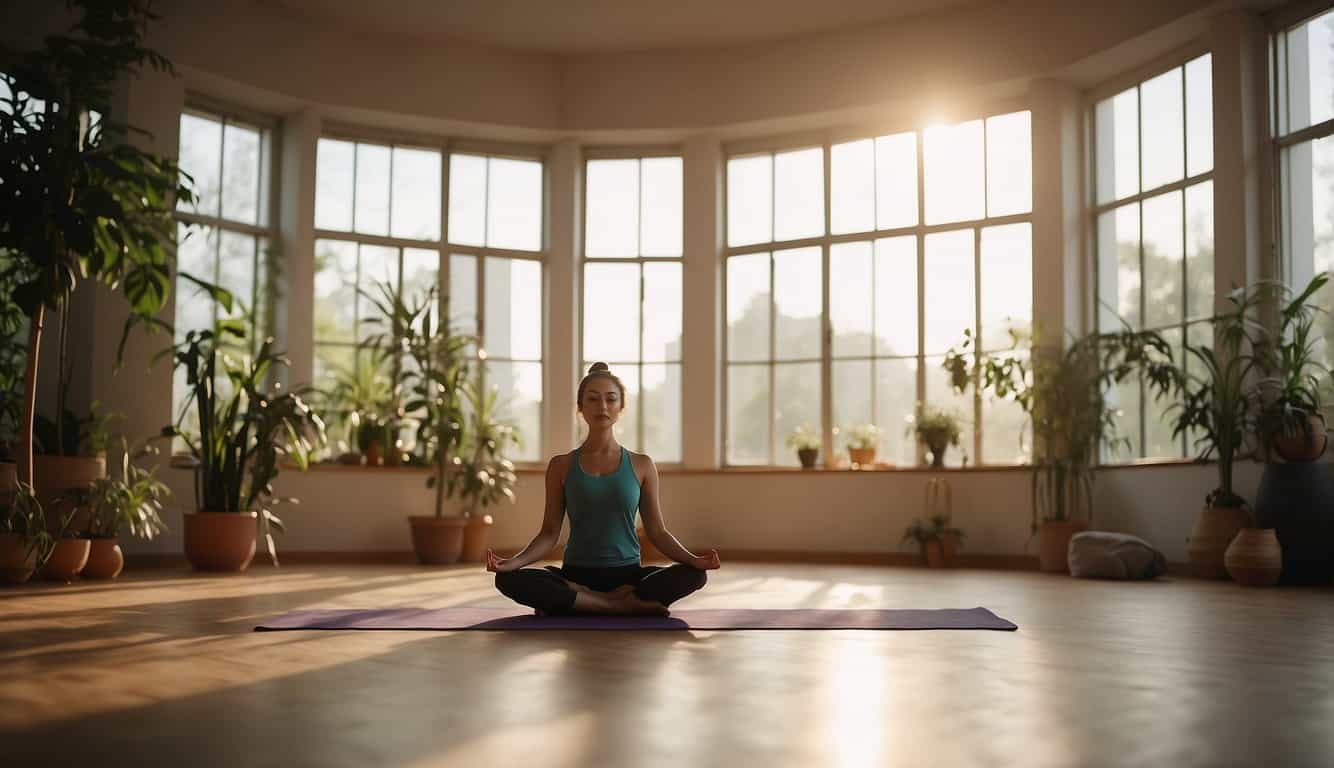
The poses in Hatha Yoga are typically held for a few breaths, offering a balanced mix of flexibility, strength, and stamina.
In contrast, Yin Yoga takes a more passive approach. It targets the connective tissues, such as ligaments and fascia, to increase joint circulation and improve flexibility.
This contemplative form of yoga involves holding poses for longer, sometimes up to several minutes. The extended hold times enable a deeper release and an opportunity to turn inward, fostering a meditative state that can yield profound mental and emotional benefits.
Key Takeaways
- Hatha Yoga emphasizes physical alignment and breathing to prepare for meditation.
- Yin Yoga focuses on longer-held poses to enhance joint circulation and flexibility.
- Both styles offer unique benefits and can complement each other in a balanced yoga practice.
Understanding Hatha Yoga and Yin Yoga
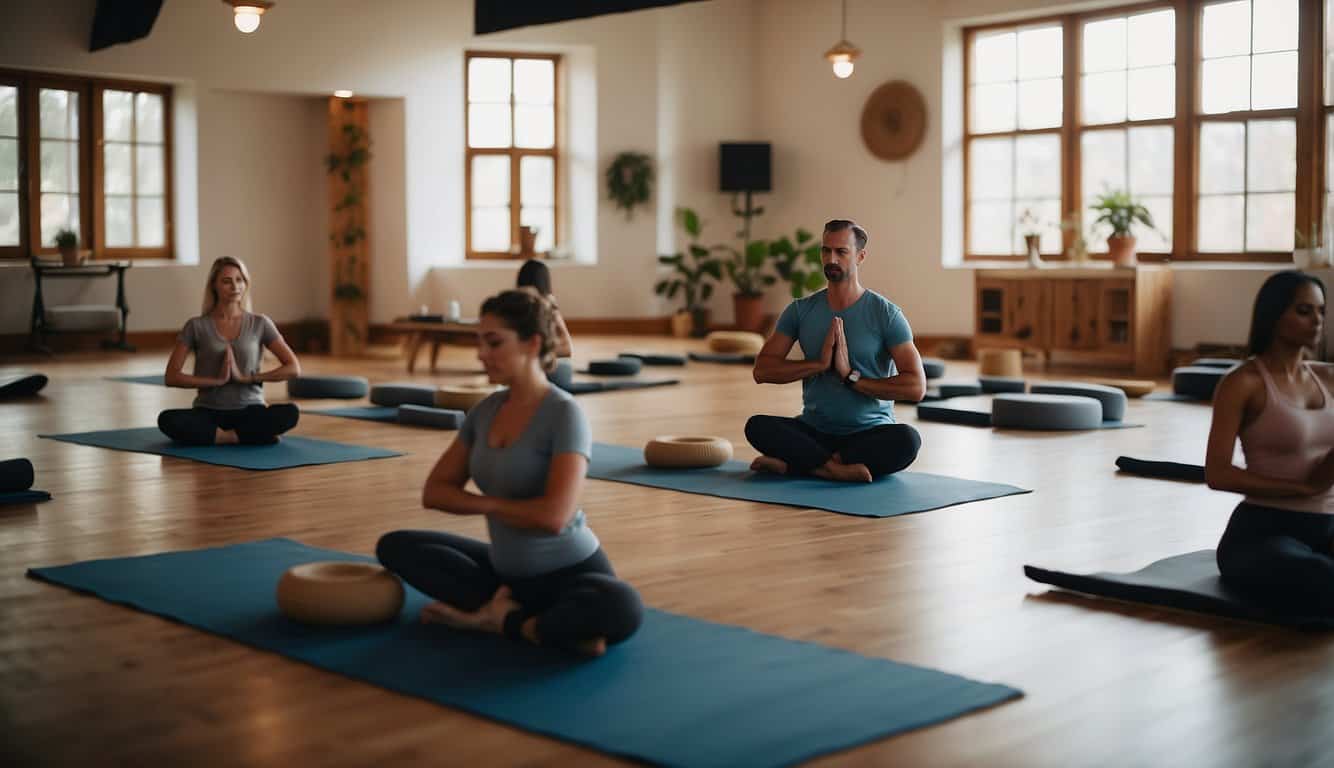
Yoga is a practice for physical and mental well-being. Various styles exist, each with distinctive characteristics. Two styles, Hatha Yoga and Yin Yoga, offer unique experiences catering to different needs and intentions.
History and Philosophy
Hatha Yoga is an ancient system originating from thousands of years of Indian traditions. Its philosophy hinges on balancing the yin and yang energies, metaphorical for the sun (ha) and moon (tha), symbolizing the balance of the active and passive aspects within oneself.
In contrast, Yin Yoga is a relatively modern addition to the yoga world, deriving from Taoist concepts. This practice emphasizes passive holding of postures for extended periods, allowing you to access deeper layers of fascia and connective tissues. It’s about finding stillness and cooling the body, paralleling Yin qualities, which are more internal, passive, cool, and downward.
Core Principles and Goals
The core principle of Hatha Yoga revolves around mastering the body to achieve spiritual perfection. By practicing breath control (pranayama) and postures (asanas), you aim to balance and unite opposing forces within your body and mind.
Yin Yoga aims to reach deep relaxation and meditation, promoting the flow of chi (energy) through the body’s meridian pathways. Long-held postures encourage softening of the muscles and focus on the stretch in connective tissues.
Yin’s approach helps you cultivate peace and mindfulness while releasing tension.
The Practices Compared
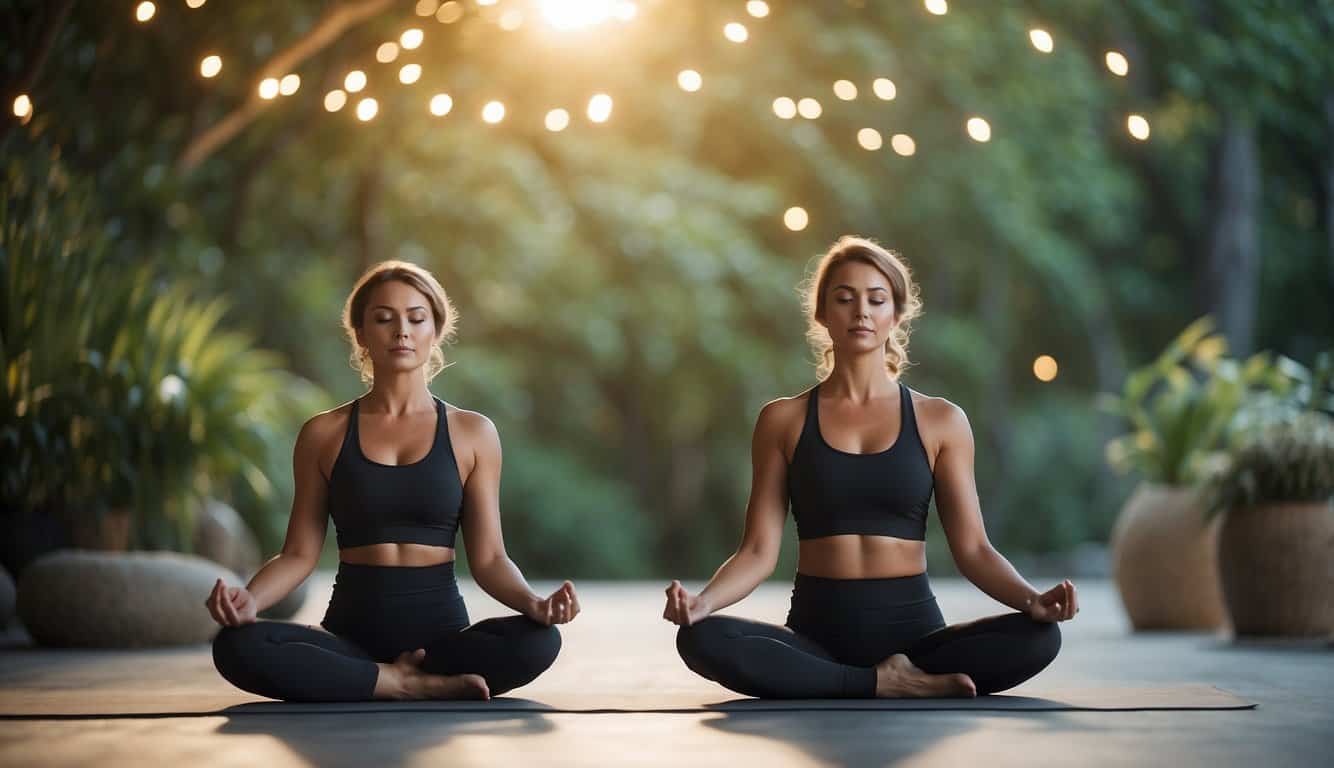
In comparing Yin and Hatha Yoga, you’ll find distinct differences in their poses, pacing, and benefits, which cater to various preferences and needs in your personal yoga practice.
Typical Poses and Movements
In Hatha Yoga, you typically move through a sequence of asanas that focus on strength and flexibility. Each posture might be held for 3-5 breaths, often balancing movement and stillness.
In contrast, Yin Yoga involves a series of longer-held poses, usually lasting at least one minute, sometimes extending up to five minutes or more. These longer holds target the deep connective tissues and aim to enhance joint mobility and circulation.
Pace and Duration of Classes
The rhythm of a Hatha Yoga class can be described as moderate, offering a bridge between relaxed and invigorating practice. The length of each class may vary, but generally, they last from 45 minutes to an hour and a half.
On the other hand, Yin Yoga classes adopt a much slower pace, encouraging deep relaxation as you hold poses for an extended period. Classes typically mirror the unhurried nature of the practice, often extending to similar lengths as Hatha sessions.
Benefits of Yin Yoga and Hatha Yoga
When you engage in Hatha Yoga, you’re likely working on enhancing your physical strength, flexibility, and balance. It’s a practice that can also promote mental clarity and stress relief.
Yin Yoga offers you a chance to relax deeply and may help improve your mental well-being, offering stress relief and a sense of calm.
Both practices can aid in stress relief and mental clarity, but Yin Yoga’s extended holds are particularly conducive to meditative focus and releasing tension held in the body.
Physical and Mental Effects on the Body and Mind
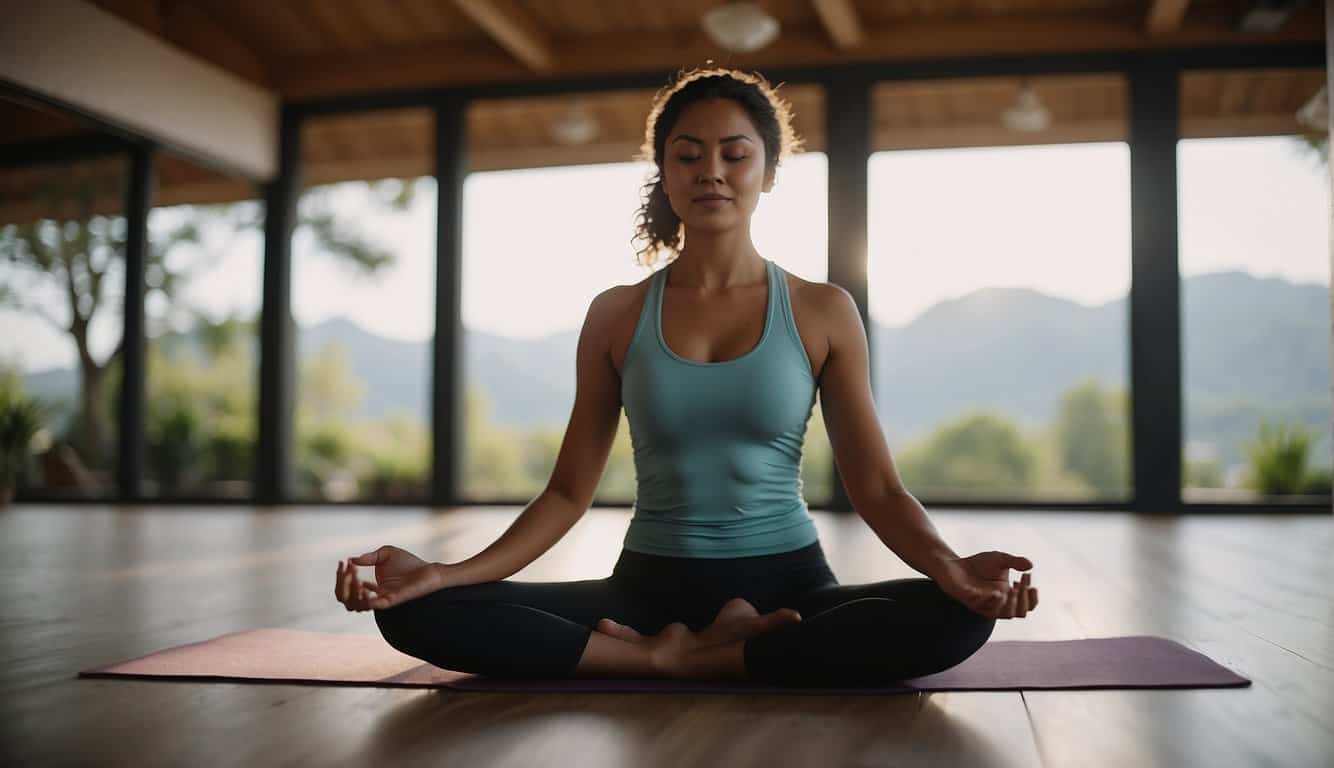
Exploring Hatha and Yin yoga reveals unique impacts on your body and mind.
Impact on the Body
In Hatha yoga, you focus on mastering posture and alignment as you engage major muscle groups, including your hamstrings, glutes, and quads.
Postures in Hatha are typically held for 3-5 breaths, promoting balance and building muscle resilience. This practice enhances your body’s strength and flexibility through dynamic movements.
Yin yoga, on the other hand, targets the often-neglected connective tissues of your body, such as your ligaments, joints, and fascia.
By holding poses for extended periods, usually for several minutes, Yin yoga applies gentle stress to these areas, which can lead to improved joint health and increased circulation in the targeted tissues.
Impact on the Mind
The mental effects of hatha yoga include increased awareness and connection between your mind and body. It’s a form of meditation in motion, where rhythmic breathing and flowing movements can lead to a state of mindfulness, helping to alleviate stress.
Yin yoga offers a different kind of mental engagement. The long hold times in this practice allow for deeper introspection and meditation, as you are encouraged to turn your focus inward. This internal journey can lead to profound feelings of calmness and relaxation.
The emphasis on stillness and mindfulness in yin also nurtures the nervous system, often leading to reduced anxiety and better emotional balance.
Yin or Hatha? Choosing Your Practice
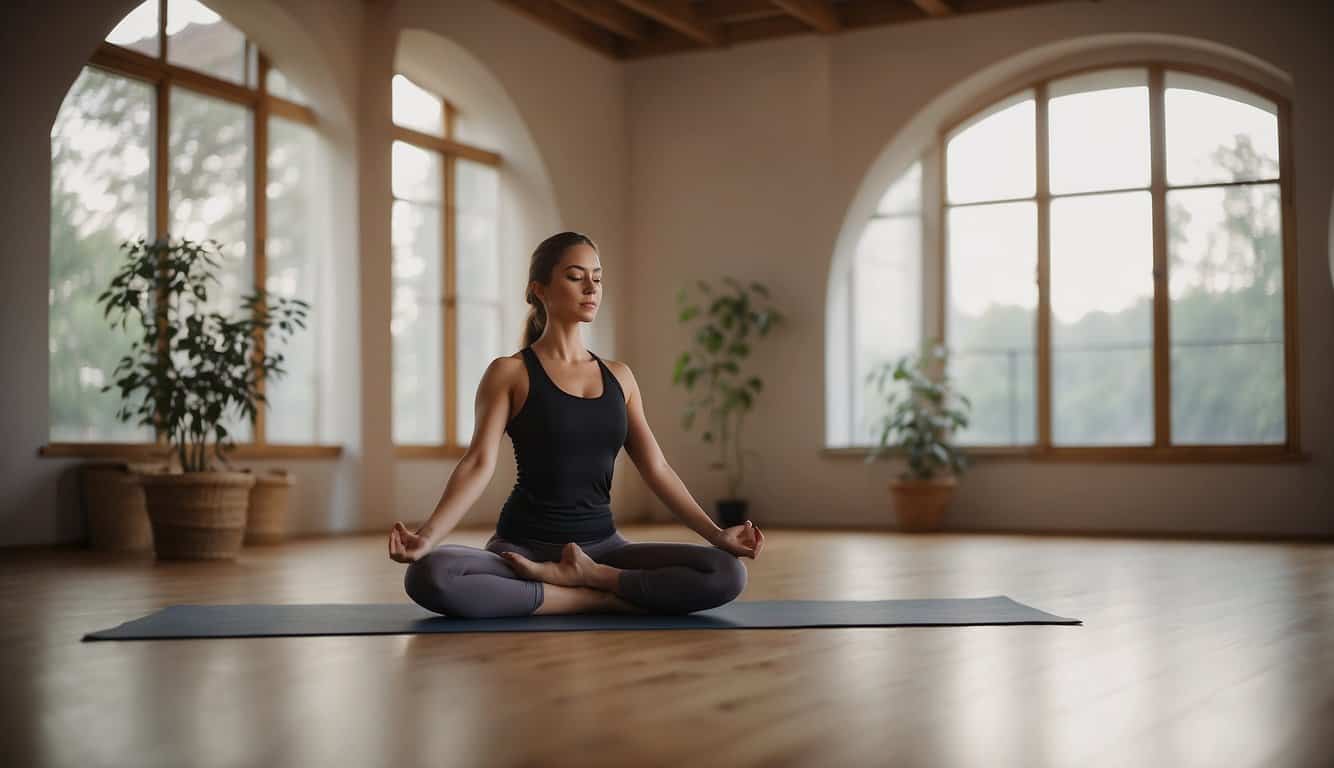
When deciding between Hatha and Yin Yoga, you must consider your experience level and how these practices can complement your overall training regimen.
For Beginners and Advanced Yogis
You might find Hatha Yoga appealing as a beginner because of its moderate pace. It allows you to learn yoga poses (asanas) and the fundamentals of breathwork (pranayama), which are the core components of most yoga styles.
Hatha serves as a solid foundation upon which you can build your yoga journey. It emphasizes physical posture and breath control, which helps develop self-awareness and a meditative practice.
For more advanced yogis, Yin Yoga can deepen their practice by holding poses for extended periods (usually several minutes). This style encourages a meditative state and helps cultivate a greater inner peace and harmony.
Yin is particularly beneficial if they want to enhance flexibility and dive deeper into the introspective aspects of yoga.
Complementary Practices and Cross-Training
You might find Hatha Yoga appealing as a beginner because of its moderate pace. It allows you to learn yoga poses (asanas) and the fundamentals of breathwork (pranayama), which are the core components of most yoga styles.
Yin Yoga is an excellent complement to the active and dynamic styles of yoga, such as Ashtanga or Vinyasa, by offering deep stretches and a focus on relaxation. When you practice Yin yoga, you surrender into poses and find stillness, which allows the connective tissues to stretch gently and heal.
In contrast, Hatha Yoga poses can significantly benefit your cross-training routine by increasing strength and endurance, thanks to its dynamic nature, even at its slower pace.
Hatha’s focus on breathwork and physical alignment creates a solid platform that crosses over into other physical disciplines, promoting balance and preventing injury.
By choosing the style that aligns with your current needs and integrating both practices into your routine, you can achieve a harmonious balance that supports your well-being on all levels—physical, mental, and emotional.
